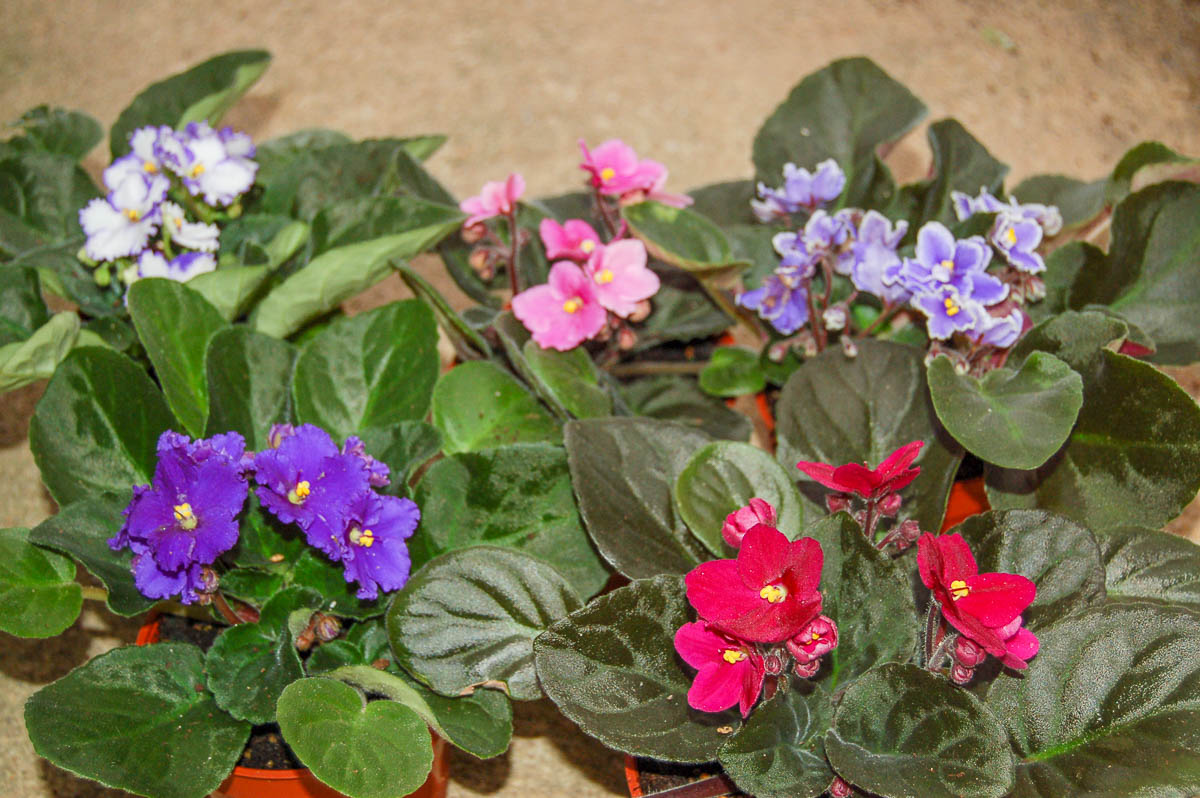African Violet
African Violet (Streptocarpus ionanthus)
Other common names: 非洲堇, 非洲紫罗兰

African Violets are small herbaceous plants with a low, compact growth form. It has dark green succulent leaves that are round or oval shaped, and are covered with short white hairs, giving it a velvety texture. Diffierent cultivars will produce flowers of various shapes, sizes and colours, ranging from blue to red and even purple.
A perennial flower, African Violets are a classic plant for indoor gardens and container gardening.
Sun and soil needs:
This plant thrives in areas with at least 4 hours of indirect sunlight, but will burn in more than 6 hours of direct sunlight. Plants do best in sandy or loamy soil at least 10cm deep, making them suitable for container gardening.
Growing:
Applying a dilute fertiliser with a higher phosphorous and potassium content once every two months will help encourage flowering. Pruning spent flowers encourages the plant to flower again.
Take care to water directly onto the soil or do bottom-up watering as water on the leaves causes rot.
As with all potted plants, regular repotting once a year will prevent it from becoming root bound.
Propagation:
African Violets can be grown from seed, division of clumps or leaf cuttings.
Common problems & solutions:
African Violets leaves tend to rot if kept in high humidity or if the leaves are in contact with water for too long. Bottom watering would be the best way to avoid getting excess water on its foliage.
This plant is susceptible to root rot if grown in waterlogged soil. To prevent rot, grow the plant in sandy soil with plenty of inorganic soil amendments. Plants can also be bottom watered once a week or less to keep the soil airy.
Mealy Bugs and Spider Mites often infest the plant if it has underlying problems like root rot. Mechanical pest control methods like pruning the infested parts are the best methods for managing these pests in the short term, but resolving the underlying problem will prevent them in the long term.

